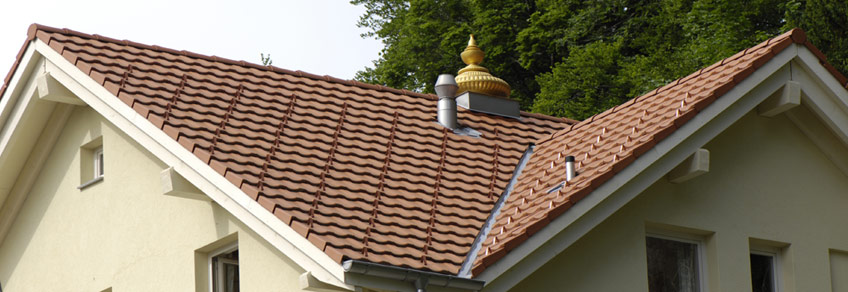Interview with Paul Lais, the Architect of our Vastu Chalet
Paul Lais, what is Sthapatya Veda ?
Sthapatya Veda is the knowledge of structure originating from the ancient Vedic civilisation in India. It has been revived by Maharishi Mahesh Yogi. It provides us with the technique for constructing a building in accordance with natural law, allowing us to gain maximum support and benefits in daily life from the place we are living in.
What are the main principles of Sthapatya Veda?
Sthapatya Veda means orderliness. In terms of buildings it means that cosmic rules are embedded into the building's structure, the same rules which govern and administer the entire universe.
Thus in Sthapatya Veda every part of a building will have a unique and special relationship to the whole. As a result of this relationship between parts and whole, through correct alignment, new and higher values are expressed. These values are called Vastu and Brahmasthan.
Vastu is the name for the area inside the perimeter line (manifested as a fence) around the house. It is divided into different areas with different attributes. Each attribute represent a quality which will be enlivened through proper design.
The Brahmasthan is the centre of the building to which all parts are related, quite like the centre of a circle is related to its circumference. Through this relationship between centre and parts a special energy is created which nourishes the residents of the building. The Brahmastan should be free from obstacles such as pillars or walls.
What benefits one should expect from receiving treatments and residing in a Sthapatya Veda building?
In a building designed according to Sthapatya Veda, the residents will experience a number of benefits. In the case of the Health Centre, customers will gain more from their Ayurveda treatments, in terms of greater efficiency and better results. They will be more happy, experience peace of mind, they will feel energized, fatigue will go away, they will have greater mental alertness and clarity.




